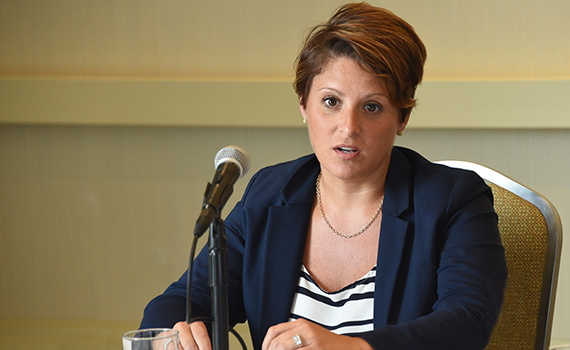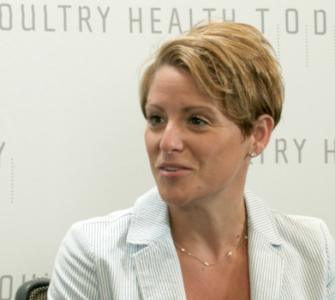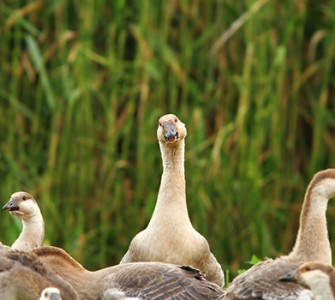NCC to food industry and consumers: Go slow on slower-growing chickens
The National Chicken Council is urging food-service and retail industries, non-governmental organizations and consumers to go slow on the slow-growth chicken trend before evaluating its potential impact of chicken supplies and the environment.
A recent study by the NCC details the environmental, economic and sustainability implications of raising slower growing chickens, revealing a sharp increase in chicken prices and the use of environmental resources — including water, air, fuel and land.
NCC also called for more research on the health impact of chickens’ growth rates, to ensure that the future of bird health and welfare is grounded in what it called “scientific, data-backed research.”
“Slower growing,” as defined by the Global Animal Partnership, is equal to or less than 50 grams of weight gained per chicken per day averaged over the growth cycle, compared to current industry average for all birds of approximately 61 grams per day.
This means that to reach the same market weight, the birds would need to stay on the farm significantly longer, NCC explained.
Environmental impact is an important component often left out of the equation in assessing a transition to a slower growing breed, NCC said. If only one-third of broiler chicken producers switched to a slower growing breed, nearly 1.5 billion more birds would be needed annually to produce the same amount of meat currently produced. That in turn would require more water, land and fuel consumption.
In fact, the additional land needed to grow the feed (corn and soybeans) for slower growing chickens would total 7.6 million acres/year — roughly the size of the entire state of Maryland, NCC said. The specialty birds would also require an additional 5.1 billion gallons of drinking water produce an additional 28.5 pounds of manure.
“The additional cost of even one-third of the industry switching to slower growing birds would be $9 billion, which could have a notable financial impact on foodservice companies, retailers, restaurants and ultimately – consumers,” NCC warned.
“This will put a considerable percentage of the population at risk and increase food instability for those who can least afford to have changes in food prices.”
Furthermore, the expected downturn in chicken production to accommodate slower growing chickens would result in 27.5 billion fewer chicken meals per year, NCC said.
“We don’t know if raising chickens slower than they are today would advance our progress on health and welfare, which is why NCC has expressed its support to the U.S. Poultry and Egg Association for research funding in this area,” said Ashley Peterson, Ph.D., NCC senior vice president of scientific and regulatory affairs.
“What we do know is there are tradeoffs and that it is important to take into consideration chicken welfare, sustainability, and providing safe, affordable food for consumers. There may not be any measurable welfare benefits to the birds, despite these negative consequences. Research will help us identify if there are additional, unforeseen consequences of raising birds for longer.”
Posted on January 12, 2017

















